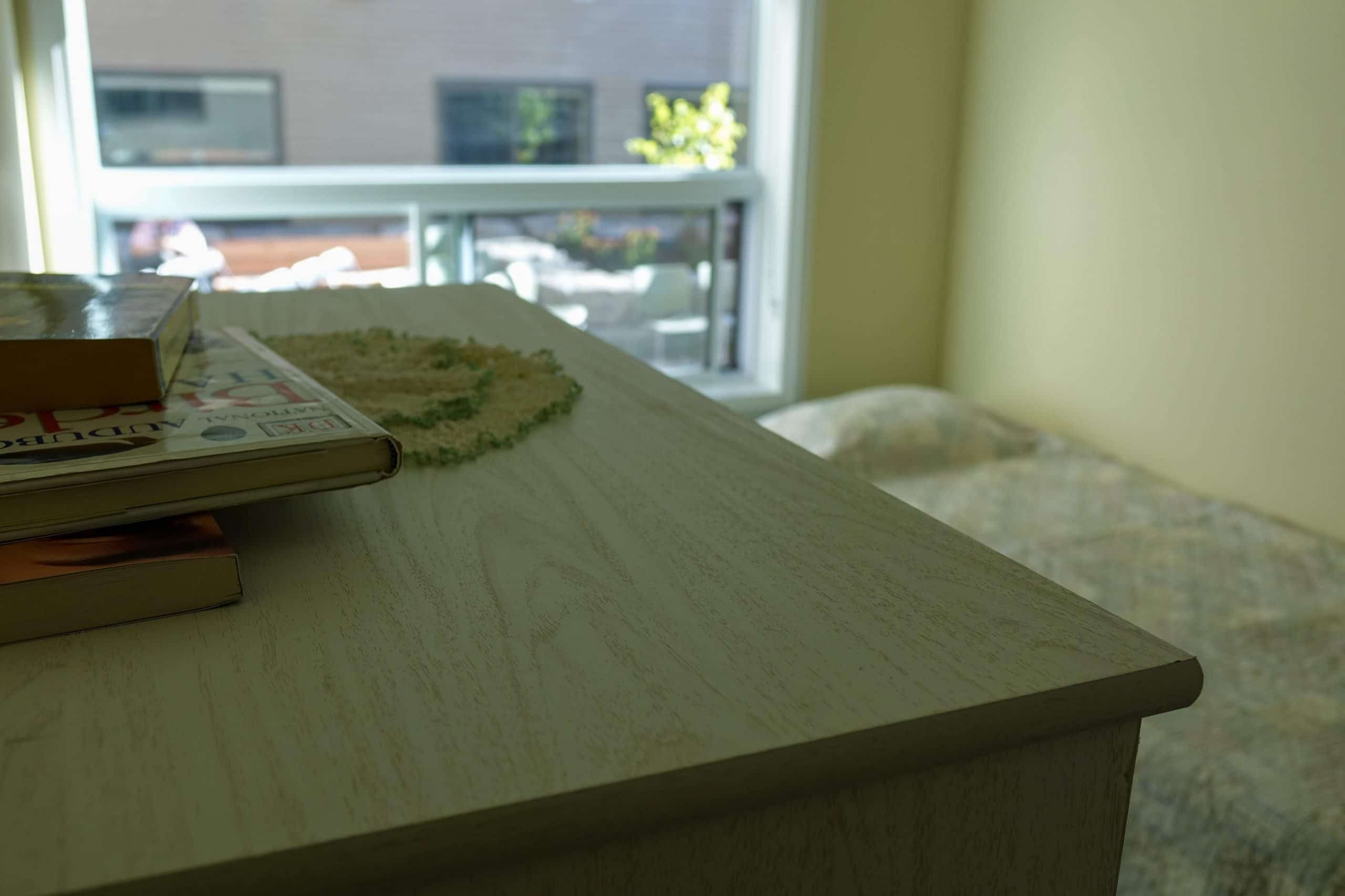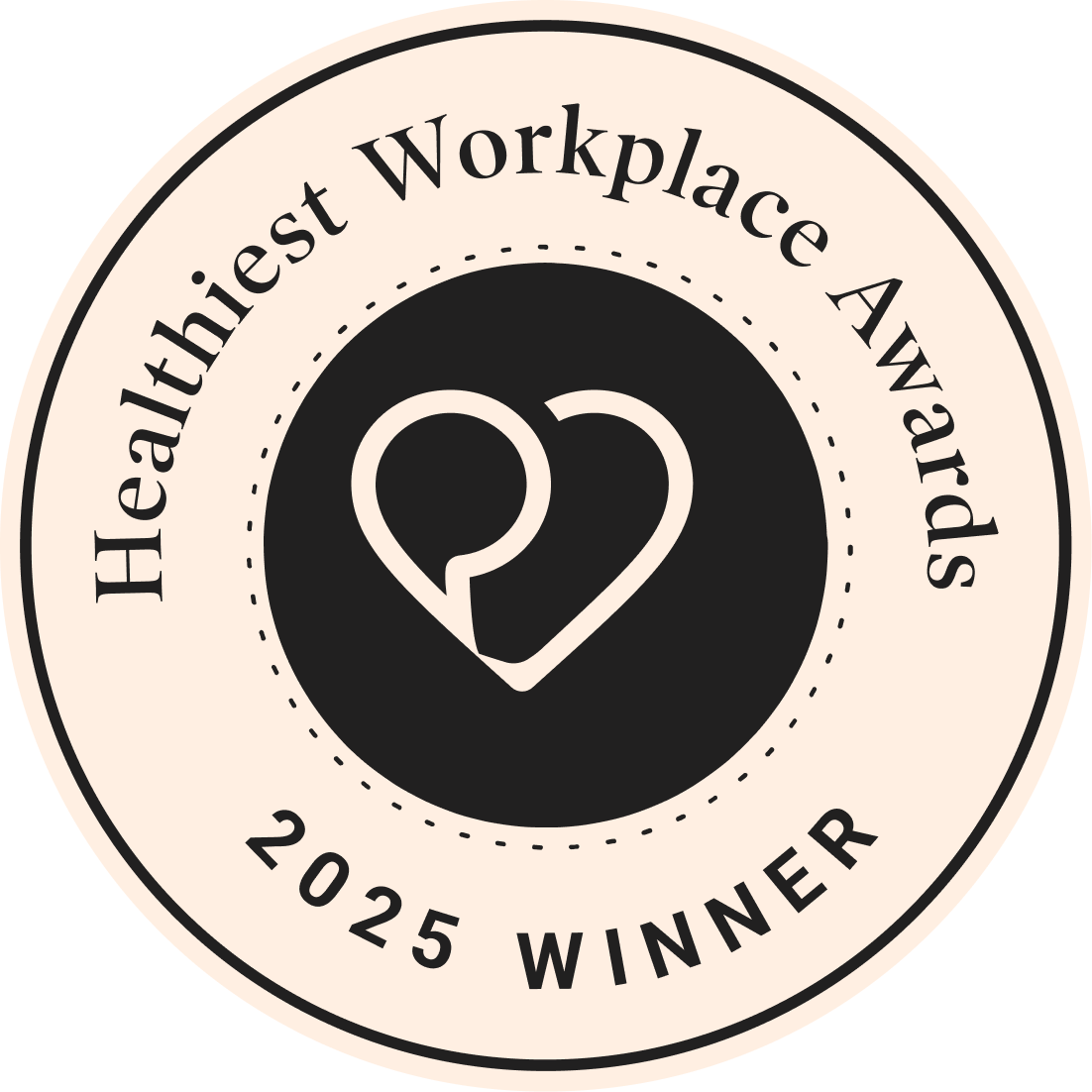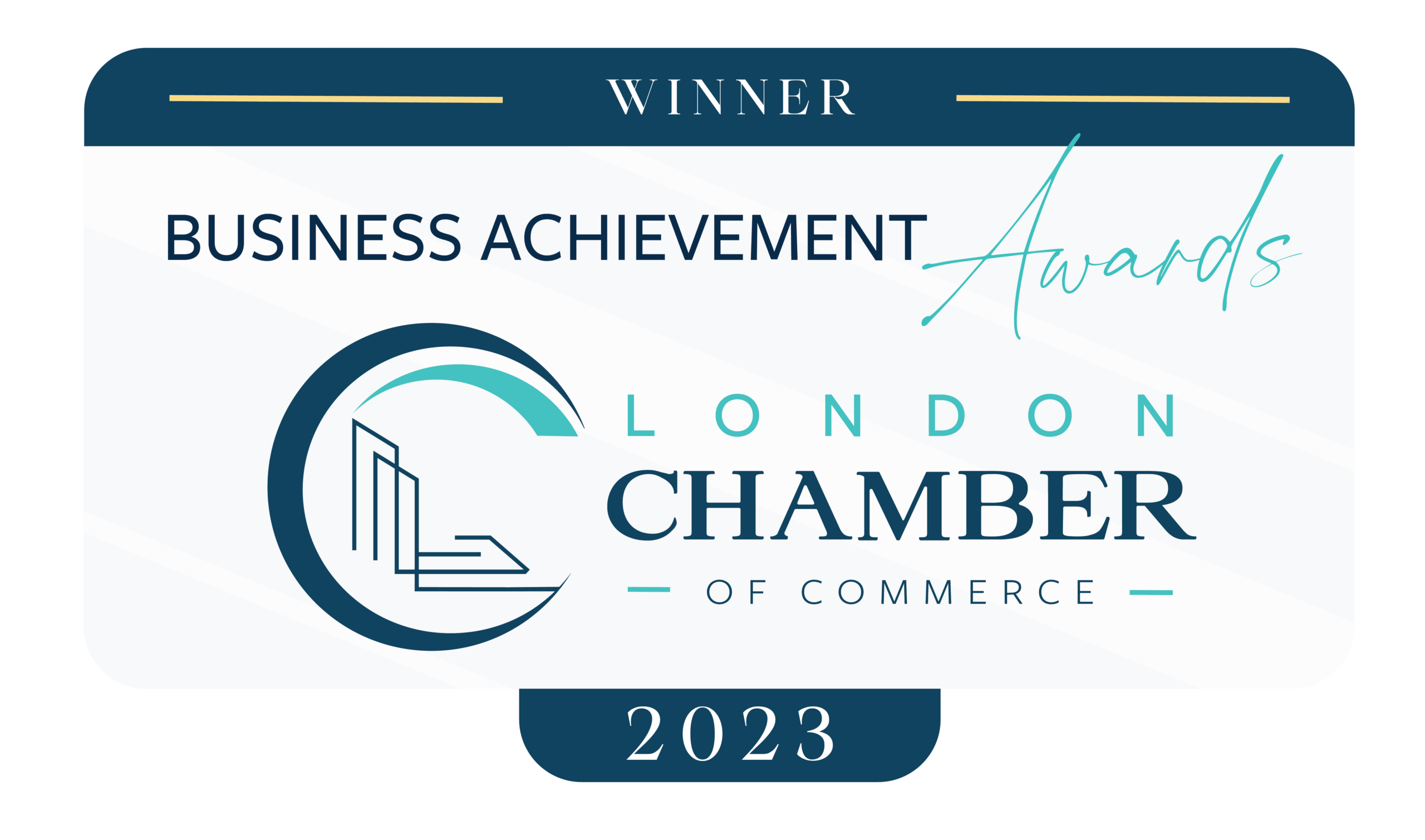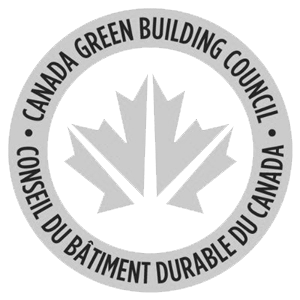Let's open doors together.
For 50 years, Indwell has been providing supportive housing that transforms lives. Every door we open together becomes a solution to homelessness.
Dignity
We value the inherent dignity of all people as image bearers of God. Everyone is welcome.
Love
We love our neighbours. Our housing is permanent, and every program is built with sustainability in mind.
Hope
Hope is the foundation of everything we do. We offer real opportunities for life transformation.
approximate—updated February 2023
measured over one year1Housing stability measures are most often expressed in three very simple states: unhoused, housed, and still housed. All three states are expressed in most supportive housing and housing first literature. Housing First oriented literature is most often concerned with two basic outcome transactions: moving from unhoused to housed and from housed to still housed.
The latter transaction is often expressed as a target, based on the Tsemberis 1999 Housing First randomized control trial where a cohort of people who were unhoused, became housed and at the end of 1 year (with the treatment—support—condition) 80% were still housed. 80% still housed remains the gold standard and has been demonstrated consistently through several randomized control trials.
Simply put, if you are providing opportunities for individuals with complexity (concurrent disorder, primary mental health, or other complexities) to access housing and following up with support, you should be aiming for a minimum of 80% of your original cohort still housed 12 months later.
In Indwell’s case, out of the 24 people who were referred from no fixed address/shelter/hospital into Indwell’s housing between January – June 2021, 92% remained housed 12 months later
based on a 2021 survey
Columns & Curations
$4.8M funding boost for historic SoHo supportive housing project
$4.8 million from the Health and Homelessness Fund for Change Backs Indwell’s SoHo Highly Supportive Housing Project
https://www.youtube.com/watch?v=VMDqjJ4pAd8








